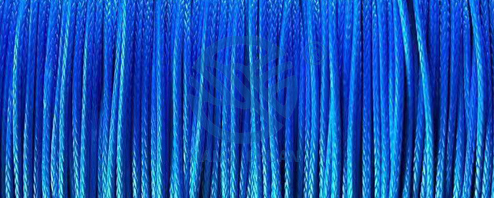kita adalah industri

Mooring tails are an essential component of any mooring system, providing the necessary flexibility and shock absorption to safely secure a vessel to a dock or buoy. Proper inspection of mooring tails is crucial to ensure their longevity and effectiveness in preventing damage to the vessel or the mooring system. In this guide, we will discuss the steps for properly inspecting mooring tails to identify any signs of wear or damage and prevent potential failures.
Step 1: Visual Inspection
The first step in inspecting mooring tails is to visually inspect the entire length of the tail for any visible signs of wear, damage, or degradation. Look for frayed or broken strands, cuts or abrasions, and signs of UV degradation such as discoloration or stiffness. Pay close attention to the areas near the eyes or splices, as these are common areas of weakness.
Step 2: Manual Inspection
After completing the visual inspection, manually inspect the mooring tail by running your hands along its length to feel for any abnormalities. Check for soft spots, hard spots, lumps, or bumps that may indicate internal damage or degradation. Pay attention to any changes in texture or flexibility, as these can be signs of weakening or deterioration.
Step 3: Flexibility Test
To test the flexibility of the mooring tail, gently bend and twist it in different directions. A healthy mooring tail should be able to flex and bend without any signs of stiffness or resistance. If the tail feels stiff or difficult to bend, it may be a sign of internal damage or degradation that could compromise its strength and performance.
Step 4: Load Test
If possible, perform a load test on the mooring tail to assess its capacity to withstand the forces of mooring a vessel. Apply a gradual load to the tail by using a winch or a suitable tensioning device, and monitor for any signs of stretching, elongation, or failure. Do not exceed the safe working load of the mooring tail during the test, as this could result in immediate failure and pose a safety risk.
Step 5: Documentation
After completing the inspection, document your findings in a detailed report that includes a description of the condition of the mooring tail, any signs of wear or damage, and recommendations for repair or replacement. Keep a record of the inspection date, inspector's name, and any observations or measurements taken during the inspection process.
By following these steps for properly inspecting mooring tails, you can ensure the safety and reliability of your mooring system and prevent potential failures that could lead to costly damages or accidents. Regular inspections and maintenance are essential for extending the lifespan of mooring tails and ensuring the safety of vessels and crew members during mooring operations. If you have any doubts about the condition of a mooring tail, always err on the side of caution and replace it with a new one to avoid any risks or accidents.
Alamat:
Jalan Chengnan No.8, taman industri chengnan, daerah Baoying, Jiangsu China
e-mel:
E-mail1:vanzer@xcrope.com Vanzer Tao
E-mail2:sales@xcrope.com Wang Peng
E-mail3:grace@xcrope.com Grace Li
E-mail4:info@xcrope.com David Cheng
Telefon syarikat:
+86-514-88253368
Jabatan jualan luar negara:
+86-514-88302931



Hak Cipta Oleh © Jiangsu Xiangchuan Rope Technology Co., Ltd. | Hak cipta terpelihara